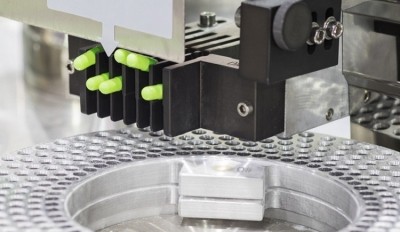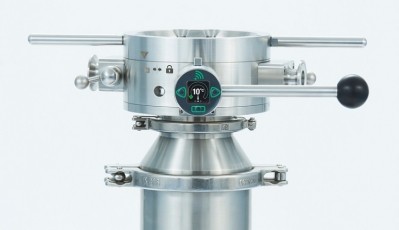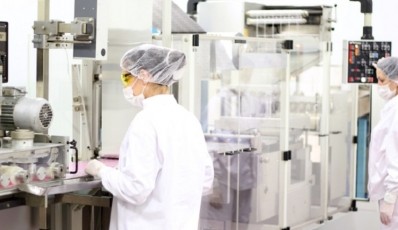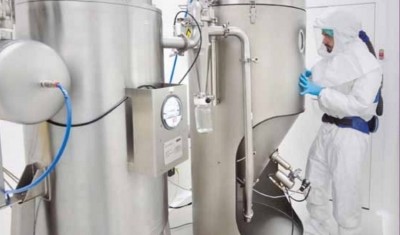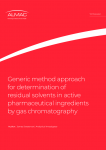Quartic.ai, Bright Path Labs to partner on AI-powered API manufacturing

Quartic.ai and Bright Path Laboratories recently inked an agreement to jointly develop an artificial intelligence (AI) technology platform designed for continuous manufacturing of active pharmaceutical ingredients (APIs) and other small-molecule drugs.
The collaboration will build on Quartic.ai’s AI manufacturing expertise and Bright Path Labs’ continuous flow reactor technologies. Tony Quinones, Bright Path Labs CEO, said the collaboration with the other company and applied technology will provide US-based manufacturers with an alternative to foreign-sourced APIs.
“We believe in technologies like AI as key enablers for manufacturing excellence. We are excited about the collaboration with Quartic.ai to demonstrate that digitally enabled smart manufacturing of APIs will be more competitive than offshore imports," he said.
According to Quartic.ai, the US imports about 72% of its APIs used in domestic pharmaceutical production from foreign countries, including China and India. Additionally, the COVID-19 crisis has quickly exposed significant gaps in the American drug supply, it explained.
“In the long term, US pharmaceutical companies should also rethink their supply chains, including by changing the practice of replenishing their inventories just in time and diversifying API supplies to reduce dependence on Chinese and Indian manufacturers,” according to Yanzhong Huang, senior fellow for global health at the Council on Foreign Relations.
Bright Path Labs reports its continuous flow Spinning Tube-in-Tube (STT) technology can rapidly produce chemicals and APIs with higher yields, faster reaction times and greater purity than alternative methods. The manufacturing technology is designed to be directly scalable from development bench, to skid, to modular full-scale commercial operations in months, rather than the typical years-long stretch.
Quartic.ai CEO Rajiv Anand said, “The AI technology provided by Quartic.ai will help speed up the design, validation and approval of molecules to use this technology in line with the quality-by-design (QBd) guidelines set by the FDA to assure drug safety. We will be able to make design of experiments dynamic for process development and technology transfer while also providing continuous monitoring of quality for real-time-release.”
